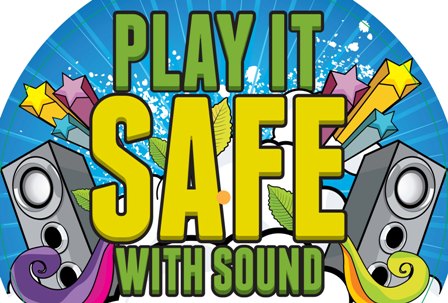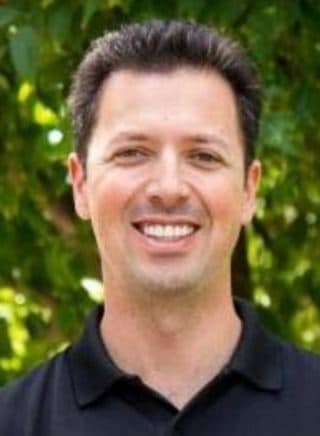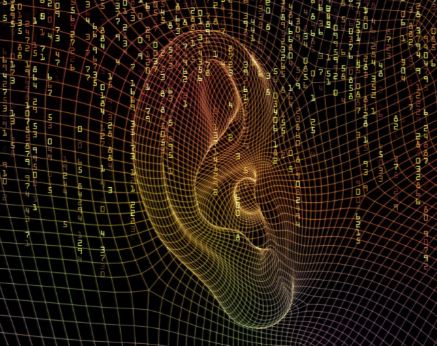Editor’s Note: Today’s post concludes the discussion by Abigail Farmer and Bruno Sarda on the evolution of hearing aid technology.
Finally, we should take a lesson from the War Production Board, who chose to standardize all battery sizes, and create common standards for power and connectivity. By freeing hearing aids—or, as Wayne Staab calls them, “hearables”1—from proprietary technology unique to individual companies, and instead tying them to universal technology, hearing aids become less of a quirky “old person” device and instead are just another device linked to wearable technology.
Before this can happen, however, we must address the fact that the more integrated functions hearing aids have, the greater their power needs will become.2
It is worth repeating, however, that fifty percent of all hearing loss is preventable. We can spend as much money as we like trying to create more affordable, more accessible hearing aids—but preventing hearing loss in the first place is even better.
Prevention policy would necessarily have a multi-pronged approach. For soldiers, protective hearing devices should protect hearing, but still allow soldiers to hear enough that they can understand orders and pinpoint where gunfire comes from. High fidelity earplugs, which reduce sound levels while maintaining the quality of the original sound already exist in the music industry; could these be adapted for military use?3
 Closer to home, earbuds are a common source of hearing loss in young adults—the European Union has recommended volume limits on iPods, why not in the US? Efforts could be made at a cultural level to teach children the importance of protecting their hearing. Children know to “stop, drop, and roll” if they catch fire; to “stop, look, and listen” before crossing the street; perhaps they should also know to listen to music “only as loud as your inside voice.”
Closer to home, earbuds are a common source of hearing loss in young adults—the European Union has recommended volume limits on iPods, why not in the US? Efforts could be made at a cultural level to teach children the importance of protecting their hearing. Children know to “stop, drop, and roll” if they catch fire; to “stop, look, and listen” before crossing the street; perhaps they should also know to listen to music “only as loud as your inside voice.”
Conclusion
The future of hearables is exciting. As trends such as personalized medicine, wearable personal technology, the Internet of Everything4 or nanotech continue to emerge, it only makes sense that individuals with hearing loss have an equal amount of choice, along a continuum, to meet their listening needs, as well as those who want to enhance their hearing beyond its current state, whatever that might be.
We predict that the future of this technology system lies in developing a range of listening devices, or hearables, to suit a variety of needs, from PSAPs to traditional hearing aids to everything in between and beyond, much as a person with a hurt knee can choose what treatment is right for her, from applying some Bengay to physical therapy to having a knee replacement.5
This approach would require reframing the issue from “hearing problems need to be fixed” to “hearing problems don’t matter so long as you can listen,”6 and even to the notion that hearing is a sensing mechanism for the brain that can be extended and enhanced through the application of technology. In the short term, we see PSAPs as an important first step to this reframing mission, but of course, it’s not that simple.
*Images courtesy centerhearingspeech, ohgizmo
References:
- Staab, Hearing Aid Obituary Continued, supra note 201.
- Interview with Wayne Staab, supra note 15.
- Patricia A. Johnson, The High Notes of Musicians Earplugs, The Hearing Review (Jul. 29, 2014).
- Daniel Burrus, The Internet of Things is Far Bigger than Anyone Realizes, WIRED (Nov 2014)
- Wayne Staab, Knee, Typewriter, and Hearing Aid, Hearing Health & Technology Matters (Jan. 6, 2015).
- Staab, Hearing Aid Obituary Continued, supra note 201.

Abigail Farmer graduated summa cum laude with B.A.s in French and Spanish from Texas A&M University. Before starting law school, she interned with the U.S. Commercial Service in Paris, France. Abigail served as Executive Note and Comment Editor for the Arizona State Law Journal from 2014–2015 and as the Hong Kong team editor for the Wilhem C. Vis International Commercial Arbitration Moot from 2015–2016. She also co-authored an article on bitcoins and estate planning, which won the Mary Moers Wenig Student Writing Competition and was published in the ACTEC Law Journal; she and her co-author presented the article at the Arizona State Bar Convention. Abigail is graduating summa cum laude with a J.D. from the Sandra Day O’Connor College of Law and with an M.B.A. from the W.P. Carey School of Business. After graduation, Abigail will join Shell’s legal department in Houston, Texas
 Bruno Sarda is a leading practitioner in the field of corporate sustainability at Dell, where he’s worked since 2005. In his role as Director of Social Responsibility, he leads the company’s strategy on social aspects of sustainability, including human rights and labor practices, working with internal and external stakeholders. He also manages Dell’s groundbreaking partnership with Phoenix-based TGen (Translational Genomics Research Institute) to accelerate adoption of precision medicine in addressing childhood cancer. In addition, Sarda is an adjunct faculty member and Senior Sustainability Scholar at Arizona State University, where he teaches and helped design and launch the Executive Master’s for Sustainability Leadership working with the Rob and Melani Walton Sustainability Solutions Initiatives at ASU.
Bruno Sarda is a leading practitioner in the field of corporate sustainability at Dell, where he’s worked since 2005. In his role as Director of Social Responsibility, he leads the company’s strategy on social aspects of sustainability, including human rights and labor practices, working with internal and external stakeholders. He also manages Dell’s groundbreaking partnership with Phoenix-based TGen (Translational Genomics Research Institute) to accelerate adoption of precision medicine in addressing childhood cancer. In addition, Sarda is an adjunct faculty member and Senior Sustainability Scholar at Arizona State University, where he teaches and helped design and launch the Executive Master’s for Sustainability Leadership working with the Rob and Melani Walton Sustainability Solutions Initiatives at ASU.






